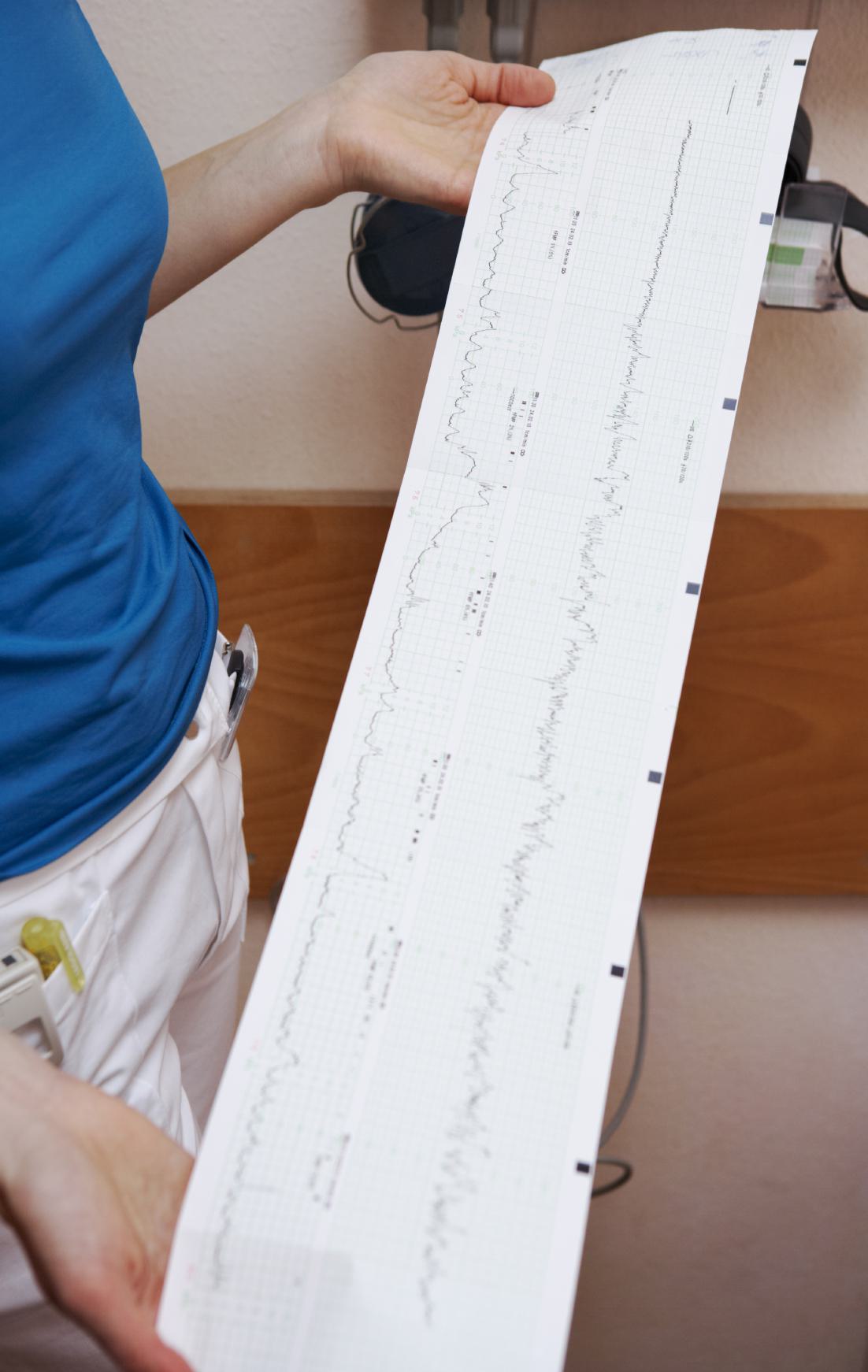Induction of Labor

Labor induction encompasses any method used to stimulate or augment uterine contractions before labor begins on its own. Induction of labor may be recommended when certain criteria are met (Bishop’s score) and when the risks and benefits of an imminent delivery are measured against the risks of continuing pregnancy.
A doctor should discuss the specific risk factors of inducing labor when seeking consent to induce, including whether it is your first pregnancy, whether it is high-risk, whether the baby is large for her age, and whether the mother is experiencing any symptoms such as abruption, preeclampsia, premature rupture of membranes, or evidence of fetal distress. Recent literature suggests that the risk of certain complications may be increased if you are induced in your first pregnancy. The general risks associated with induction can include the need for a c-section, the risk of infection for both mother and baby, problems with the umbilical cord, uterine rupture, or bleeding after delivery and additional complications.
Of course, risks may also be increased by waiting beyond the due date for a vaginal delivery to occur on its own including the mother’s access to an obstetrician and hospital should she go into labor unexpectedly, the increased risks associated with carrying a pregnancy beyond term, and the risk of infection to the fetus if her membrane has ruptured.
Always ask your obstetrician, who knows you and your pregnancy best and can help you evaluate the safest course if you have any questions or concerns about a recommendation to induce labor or to continue pregnancy beyond your due date. If your labor was induced and you believe you or your child suffered complications that were not disclosed or you do not believe you gave a fully informed consent, you should speak to a birth injury lawyer.

